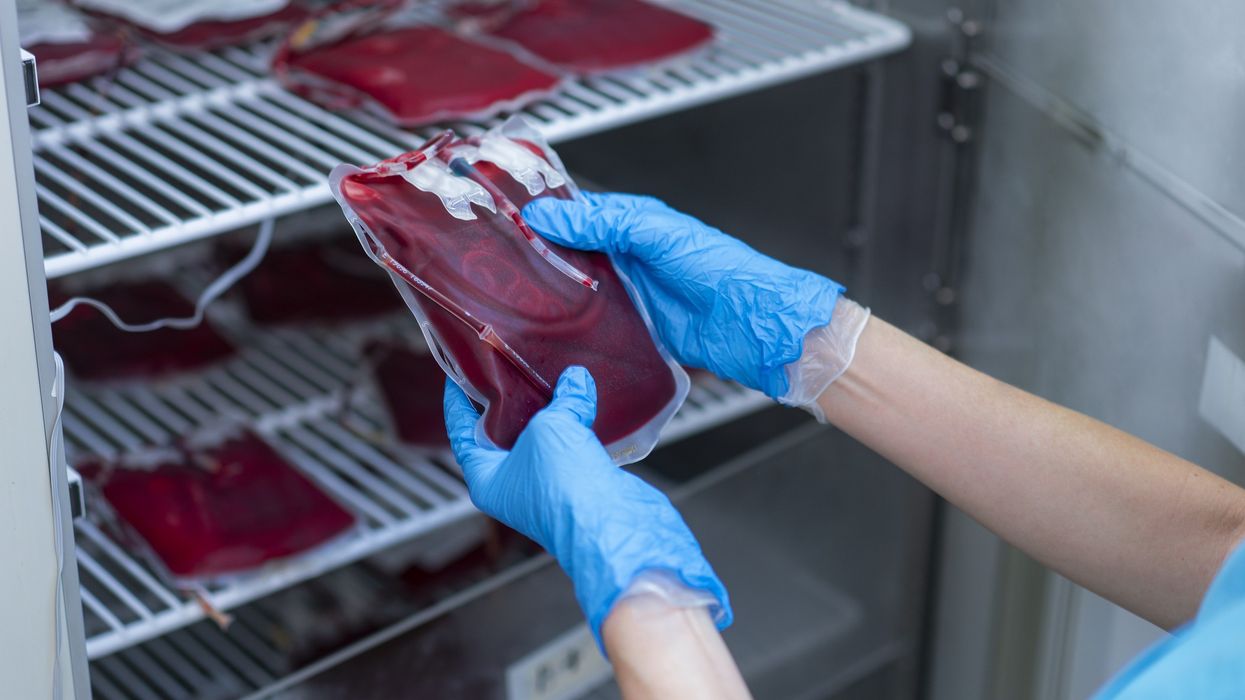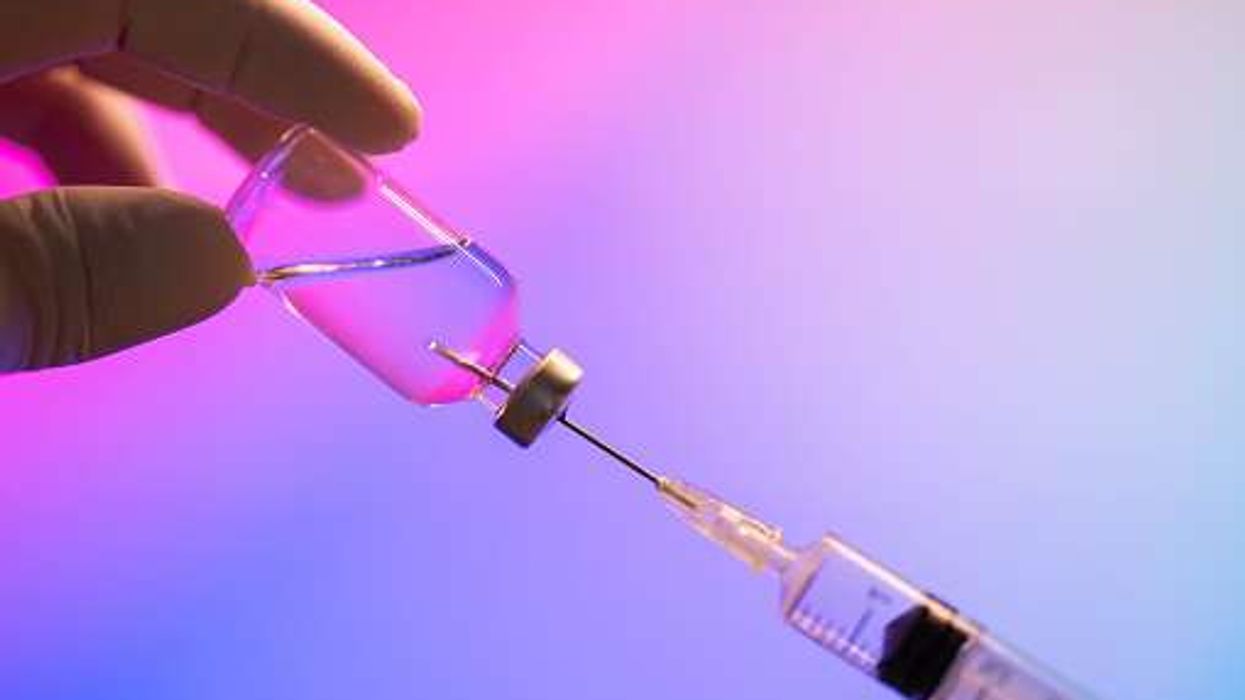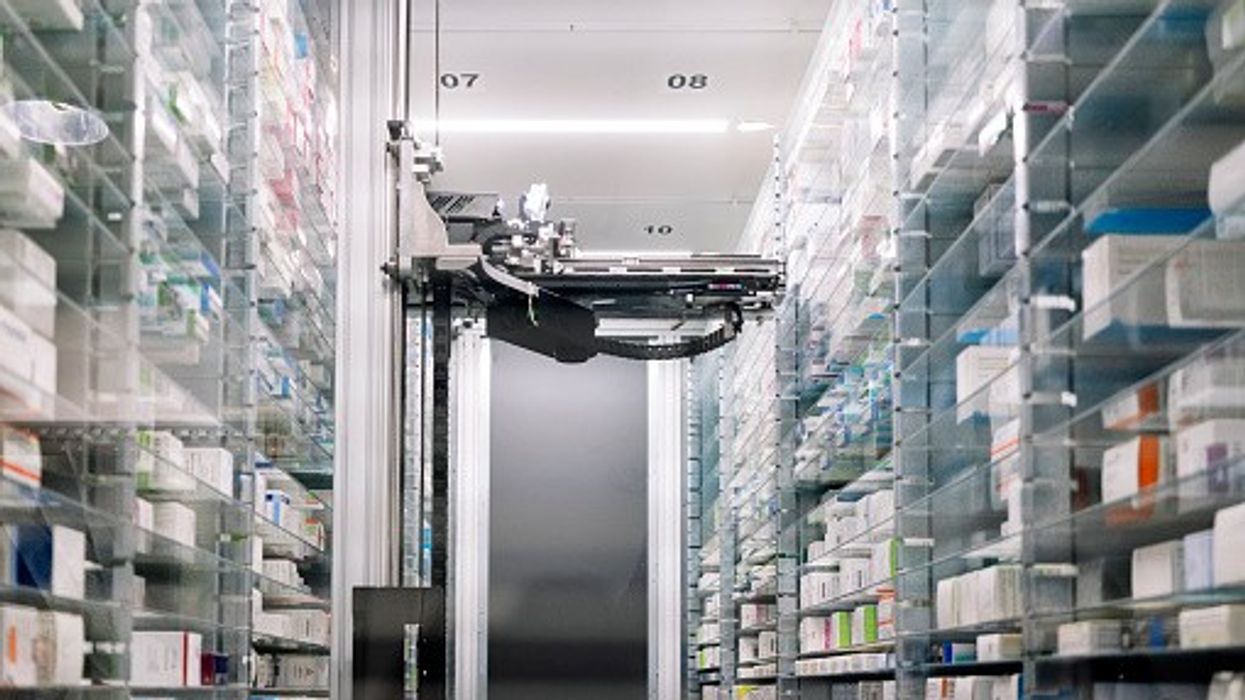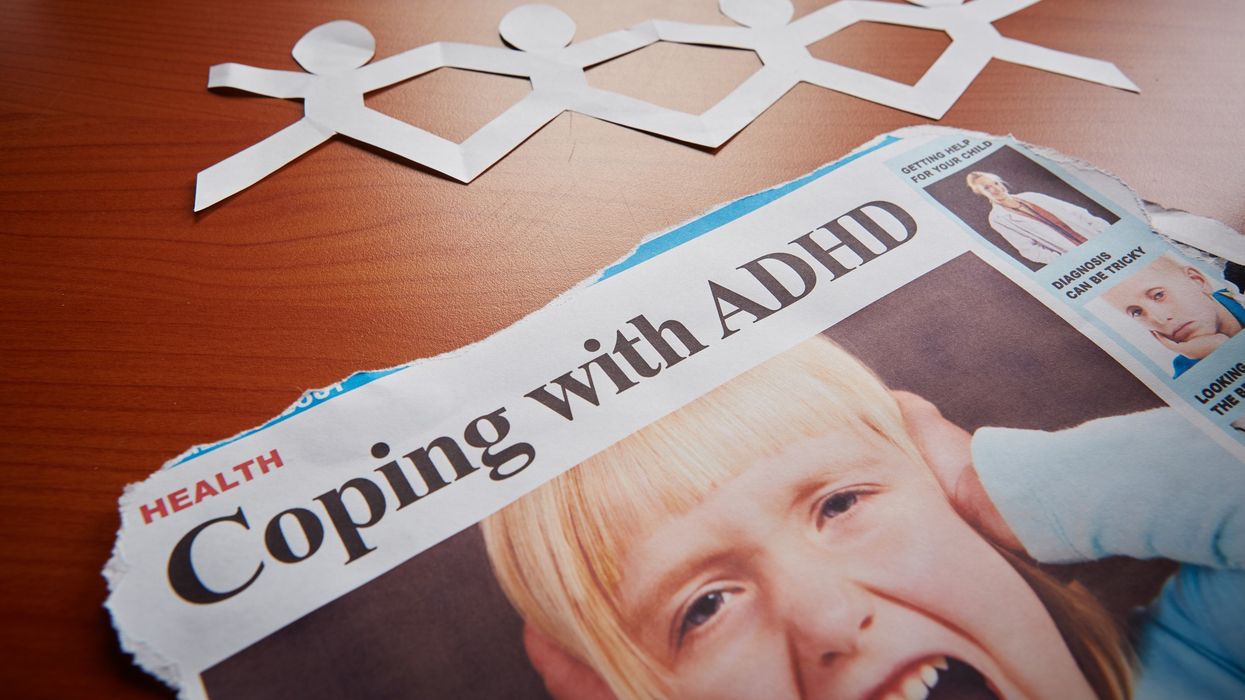Key Summary
- This will allow donor blood to be matched to these patients more closely, to reduce the risk of severe reactions
- The new test uses genetics to generate detailed blood group information and identify more of the rarer blood groups
- Scientists have tested tens of thousands of blood donors to see if they have rare blood types
A 'groundbreaking blood matching test' has been launched for people with a rare condition who require regular blood transfusions.
This will enable donor blood to be matched more closely to these patients, thereby reducing the risk of severe reactions.
The new test uses genetics to generate detailed blood group information and identify more of the rarer blood groups.
This programme is a collaborative effort between NHS Blood and Transplant and NHS England.
Approximately 300 individuals with rare inherited anaemias are initially eligible for the test, along with those suffering from sickle cell disorder and thalassaemia.
The NHS had earlier launched a search for blood donors with rare blood types so that patients in need can receive “precision-matched” blood.
This was to avoid severe transfusion reactions – where the body sees the transfused blood as “foreign” and rejects it.
Scientists had tested tens of thousands of blood donors to see if they had rare blood types.
For the first time, blood was DNA tested at a nationwide scale.
The blood from donors with rare blood types was collected and frozen so it can be used to help other people with the same type of blood.
The programme has been backed by the family of Woody Mayers in Robertsbridge, who is 22 months old, and has a rare inherited anaemia called congenital dyserythropoietic anaemia (CDA) type 1.
Patients with this condition have low haemoglobin levels and have to rely on blood transfusions to stay alive.












